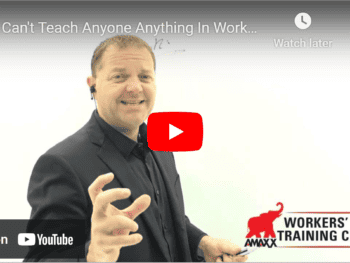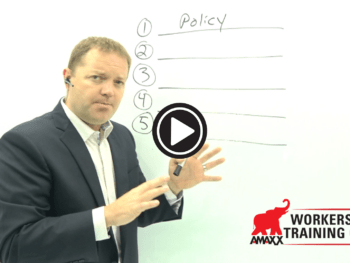What Does the Consultant (Me) Gain From Visiting the Clients’ Facilities? Although I always insist on visits to the clients’ facilities and learn so much, I don’t always articulate well why I insist on these visits. So, here’s another aspect of a day in life of a consultant describing and explaining : Why Do I Visit Our Clients? If Bill Gates, the founder of virtual reality, says there is no substitute for face-to-face, then it must be true. As a workers’ comp management consultant, I couldn’t agree more. There is no substitute for visiting the client’s physical environment to absorb a three-dimensional perspective into their business environment, their business processes, their geographical layout, how well employees interact, and how all this impacts on their ability to implement injury management. Does their business process accommodate their geographical lay out? Are there procedural gaps or work-arounds impeding efficiency? On an affect level, I can discern the personality mix of the program implementers. What is the company’s commitment to excellence? How is employee morale? Is management hands on? I can also discern the working relationship the company has with the point people needed to successfully manage workers’ comp such as treating physicians, physician reviewers, claims handlers, etc. Where can bulletins be posted? What is the correct terminology for employees — “associates” or “partners,” etc. Are there offices or cubicles? How do employees communicate with supervisors – by phone, by email or by hand signal over cubicles? For example, at one site I visited, I found the employees did not even have desks. How were they to implement an injury management program if they didn’t have a place to sit? Eventually my staff and I came up with the idea of “docs-in-a-box.” All the tools our client needed to successfully implement workers’ comp management were contained in a valise with documentation, business cards and contact information. Thus employees could implement injury management standing up, or in their car, or anywhere else they had to be. Now I can design a more concrete workers’ comp management program dovetailing with this company’s unique needs, geographic configuration, business infrastructure and process strengths and weakness. Often building a workers’ comp management program unearths problems in other areas of business and the solutions we develop will result in the client running a tight ship in every aspect of their business operations. Trust Is Everything When I meet the client in their environment, together we are better able to establish the rapport essential to building mutual trust because we know each other. Later, when the client mentions a problem, I can immediately envision the problem because I have been in their environment. Thus my solutions will be realistic and therefore, successful. Author: Rebecca Shafer, J.D. consults for mid-market and national accounts focusing on project management, risk management assessments, data review, benchmarking, and development of Workers’ Compensation and Injury Management Programs. Projects focus on development of training and education programs, document design, evaluation and integration of insurance claims administration and TPA services. Contact her at: RShaferB@ReduceYourWorkersComp.com
A NEW Article: Return to Work in Unionized Companies
Do not use this information without independent verification. All state laws vary. You should consult with your insurance broker or agent about workman’s comp issues.













